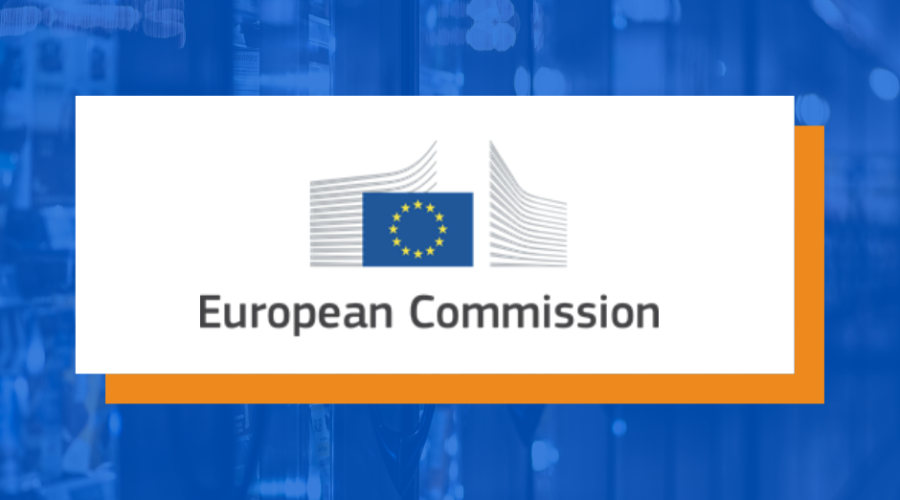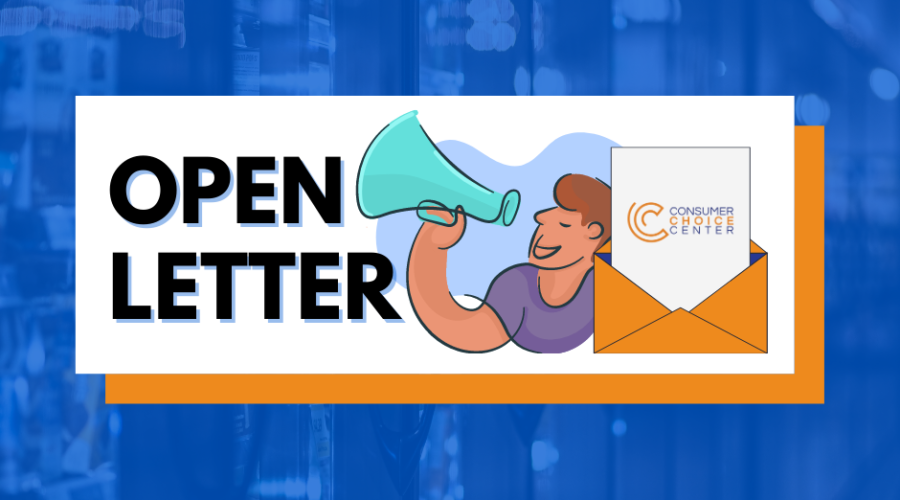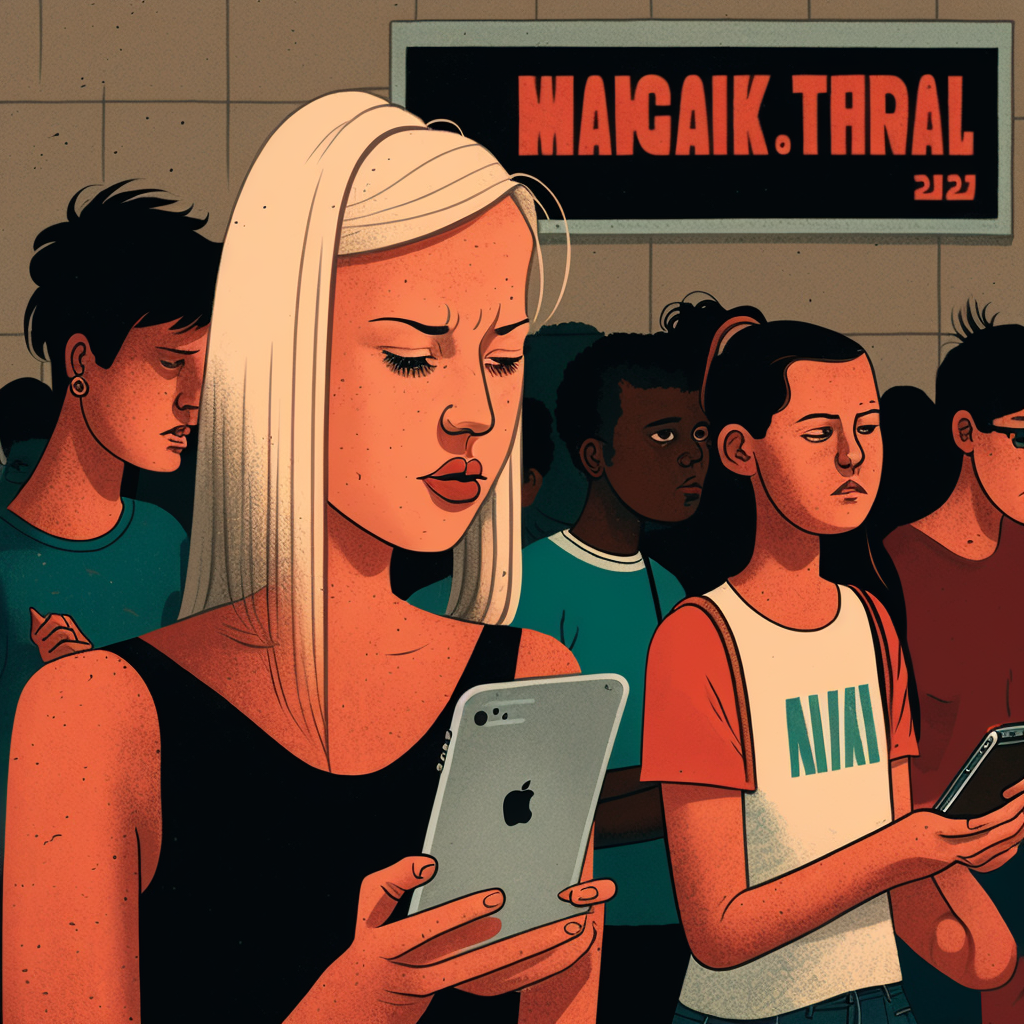Accelerate the implementation of the MACPC amendments to enhance the rights of aviation consumers
The Consumer Choice Center (CCC) urges the Malaysian Aviation Commission (Mavcom) to immediately implement the amendments to the Malaysian Consumer Protection Code (MACPC) which should be implemented in the first quarter of 2023 to improve the rights of aviation users.
Malaysian Consumer Choice Center representative, Tarmizi Anuwar said: “Issues involving
consumers such as flight delays and cancellations, reimbursement methods and overdue
periods, passenger rights and voucher redemption have become more serious since the
outbreak of Covid-19. Although the pandemic has ended, this problem is still recurring and
requires immediate action by Mavcom to improve the rights of aviation consumers.”
In 2022 alone, Mavcom has received a total of 8,789 cases of complaints from customers of
which the three highest complaints involve refunds, lost, damaged and delayed baggage and
flight cancellations. This is the highest complaint case since it was first introduced in 2016.
Tarmizi also said that the delay in the implementation of the MACPC amendment may cause
the number of customer complaints and problems for this year to increase due to the
development of international and domestic passengers as well as the increase in aircraft
operations including the resumption of various flight routes after the pandemic.
“Airline consumers in Malaysia have been going through this problem for years and changes
can’t be waited for any longer. It is important to ensure that the amendment is able to regulate
airlines to comply with service quality and safety standards to protect consumers. With the increase in international and domestic flight operations in Malaysia, this amendment to the MACPC cannot be missed because there could be more technical problems.”
“When a flight is canceled, consumers should have the option of receiving either a full refund or
a travel voucher for rebooking a new flight in the future. While the travel voucher should not be
limited to a certain trip or destination but should be based on the value of the trip or destination.
This will give consumers a better choice to make a decision compared to airlines that make
choices on behalf of consumers,” said Tarmizi.
Regarding the refund period for tickets that have a refund value due to the consumer not being
able to board the flight due to the delay or cancellation of the flight by the airline company, it
should be shortened from 30 days to 10 days.
There are many complaints about delays by airlines and the difficulties for consumers to get
refunds, even if the mistake was not on their part. In order to ensure that users are not burdened
by unwanted situations, the repayment period should be shortened to 10 days. This is a
reasonable amount of time to ensure that airlines are responsible for settling user refund claims
when a flight is canceled,” he concluded.









